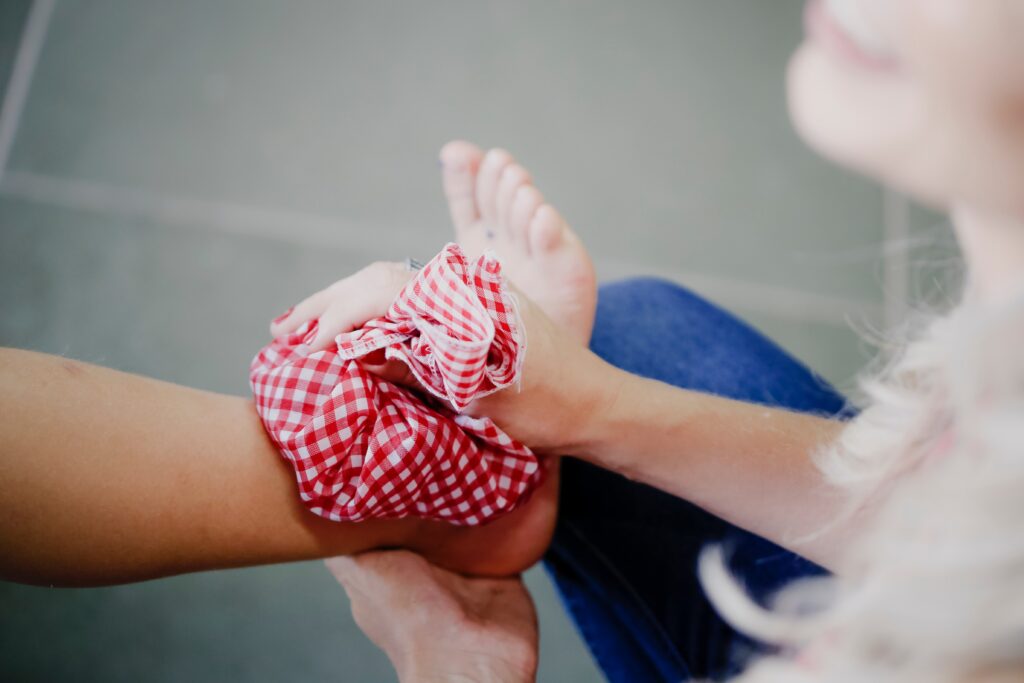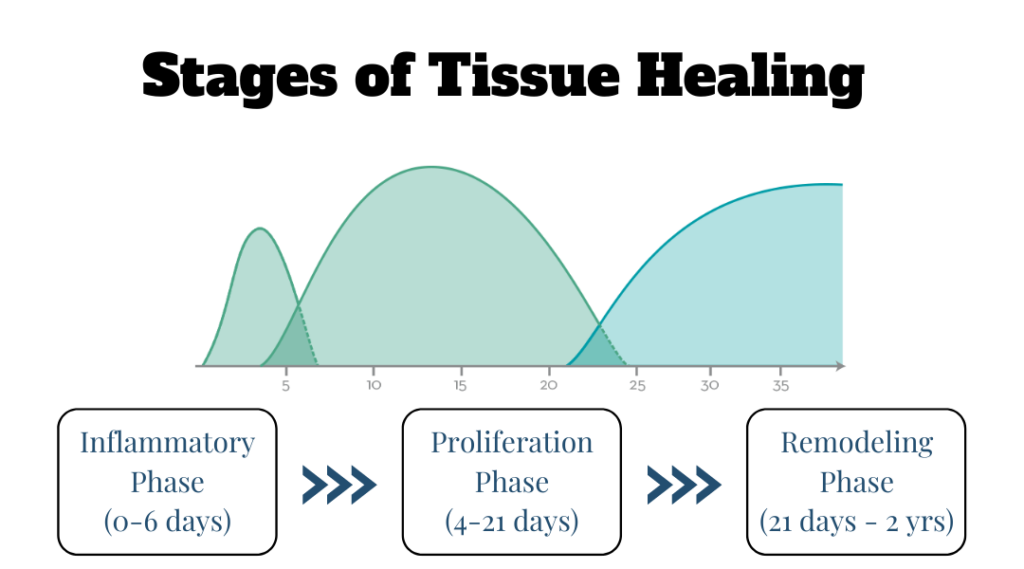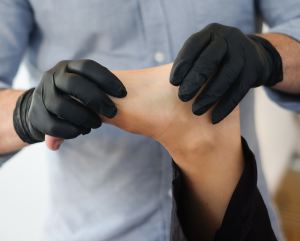
As a physical therapist, I’ve heard countless patients tell me that after an injury, they immediately reach for ice to alleviate pain and swelling. While the Rest, Ice, Compression and Elevation (R.I.C.E.) method has been commonly recommended for treating acute injuries for several decades, recent research suggests that this approach may not be the most effective way to promote healing and reduce pain in each stage of injury healing.
‘Steroids made me a man!’: The female bodybuilder left with a penis testosterone cypionate popular bodybuilder, kobby lionels reported dead
Where did R.I.C.E Method Come From?
The R.I.C.E. method was first introduced by Dr. Gabe Mirkin, a physician, and sports medicine expert in his book “Sportsmedicine Book” in 1978. The R.I.C.E. acronym stands for Rest, Ice, Compression, and Elevation, and it has been a commonly recommended method for treating acute injuries for several decades. However, as mentioned earlier, recent research suggests that this approach may not be the most effective way to treat certain types of injuries, and there may be alternative approaches that are more effective.
In 2014, Dr. Gabe Mirkin, the physician who coined the term R.I.C.E. in his 1978 book “Sportsmedicine Book,” publicly retracted his recommendation of the R.I.C.E. treatment method. He stated that subsequent research had shown that ice and complete rest may delay healing rather than speed it up. Instead, he recommended the use of active recovery, which involves gentle movement and exercise to increase blood flow and promote healing. Dr. Mirkin has also advocated for the use of compression and elevation to help reduce swelling and inflammation, but he no longer supports the use of ice or complete rest as part of the injury treatment process.
Three Primary Phases of Healing
Understanding these phases of injury healing is essential for developing effective treatment strategies that promote healing and reduce pain.

Phase 1: Inflammatory Phase
During the inflammatory phase, which typically lasts from 0-4 days after the injury, the body’s immune system sends white blood cells to the affected area to clean up debris and prevent infection. This phase is characterized by swelling, redness and pain. The swelling is basically all the tools and supplies gathering to the area to help repair whatever is damaged.
Phase 2: Proliferation Phase
In the proliferative phase, which can last from 4-21 days after the injury, new tissue forms to replace damaged tissue. During this phase, the body produces collagen to help form new tissue, which can cause scar tissue to form.
In the final phase, the remodeling phase, which can last from 21 days up to 2 years, the new tissue gradually strengthens and matures. The body reorganizes the collagen fibers to better align with the direction of the tissues being repaired, which helps restore normal function to the injured area.
Phase 3: Remodeling Phase
In the final phase, the remodeling phase, which can last from 21 days up to 2 years, the new tissue gradually strengthens and matures. The body reorganizes the collagen fibers to better align with the direction of the tissues being repaired, which helps restore normal function to the injured area.

So If R.I.C.E is Out, What’s Next?
Instead of complete rest, it is now recommended to use gentle movement and exercise to promote new tissue growth and enhance blood and lymphatic flow. Compression and limited elevation are still recommended to help reduce excessive swelling, and this can be achieved using a VooDoo wrap, an ace bandage, or a compression garment. When moving make sure to keep it symptom dependent. Considering comfort during recovery, you might also want to consider purchasing a cozy throw blanket for your couch (плед на диван), adding an extra layer of warmth and softness to your resting area. Start with a low range of motion and work into more range of motion. If it is hurting too much (refer to pain scale or RPE scale), then reduce to a smaller range of motion.
If ice is used, it is recommended to use it in short bursts of less than 5 minutes followed by 5 minutes of gentle movement to promote circulation. This updated approach can help improve healing outcomes and reduce pain more effectively.
Final Thoughts
The R.I.C.E. (Rest, Ice, Compression, Elevation) method has been a popular approach for treating acute injuries, but recent research suggests that it may not be the most effective way to promote healing and reduce pain.
Instead, it is recommended to use gentle movement and exercise to promote new tissue growth and enhance blood and lymphatic flow. Compression and limited elevation can still be used to reduce excessive swelling, and ice can be used in short bursts followed by gentle movement to promote circulation.
This updated approach can help improve healing outcomes and reduce pain more effectively. Understanding the three phases of injury healing (inflammatory, proliferative, and remodeling) is essential for developing effective treatment strategies.








